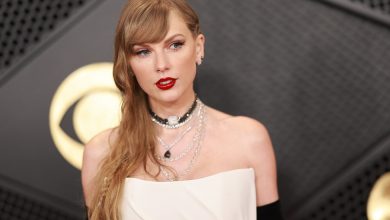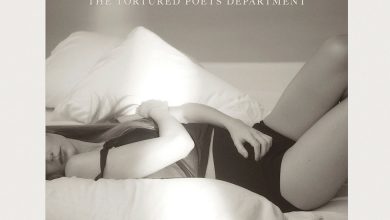Six Artists Reflect on the Legacy of the Harlem Renaissance

Derek Fordjour

Derek Fordjour, “Masons, Magicians, Showgirls & Kings,” 2022, newspaper mounted on canvas. Fordjour often quotes directly from Harlem Renaissance artists like Archibald Motley Jr., and Richmond Barthé, he says, in order to keep their contributions in art historical consciousness.Credit…via Derek Fordjour and David Kordansky Gallery
Derek Fordjour traces his interest in Harlem Renaissance art to his childhood in Tennessee, where he saw Aaron Douglas’s murals at Fisk University, and to his art history classes at Morehouse. “I was completely riveted by the contributions that the Harlem Renaissance artists had made to art history,” he said in a recent conversation. “It gave me this alternate canon that really made it clear that I was working out of a rich legacy.”
For Fordjour, whose painting surfaces often include acrylic, charcoal, pastel, foil, newspapers and even glitter, the lessons of Harlem Renaissance artists are felt in many ways. “I don’t think it’s possible to have a conversation about figuration without going back to this very fecund moment of Black artistic development.”
He often quotes directly from predecessors. “You can almost graph my crowd scene compositions onto an Archibald Motley Jr., jazz scene. You can see the bones of Richmond Barthé in my sculptures,” he said. “They were really sidelined from the main stage of art history back then and for decades after, so I see it as an obligation to enlighten my audience in the way that I was enlightened in those college classrooms.”
Xaviera Simmons
“The Harlem Renaissance has been a part of my lexicon since birth,” the interdisciplinary artist Xaviera Simmons said in a recent conversation. But while its celebrated figures, such as Jacob Lawrence, have made their way into her work, she is acutely aware of those who were erased from the history of the movement, especially queer femmes. “There was a certain level of misogyny and oppression against women, and queer women in particular, that I find problematic as I delve deeper,” she said.
Simmons’s engagement with Jacob Lawrence’s “Migration Series” (1940-41) pays homage to and challenges received histories. Lawrence’s series is composed of 60 paintings depicting the mass movement of African Americans from southern states to industrial cities up north starting at the turn of the 20th century, each with an accompanying label explaining the scene. “I didn’t realize that his wife co-wrote the labels,” Simmons said, referring to the artist Gwendolyn Knight (1913-2005), who married Lawrence in 1934.



